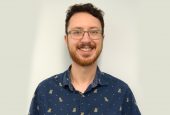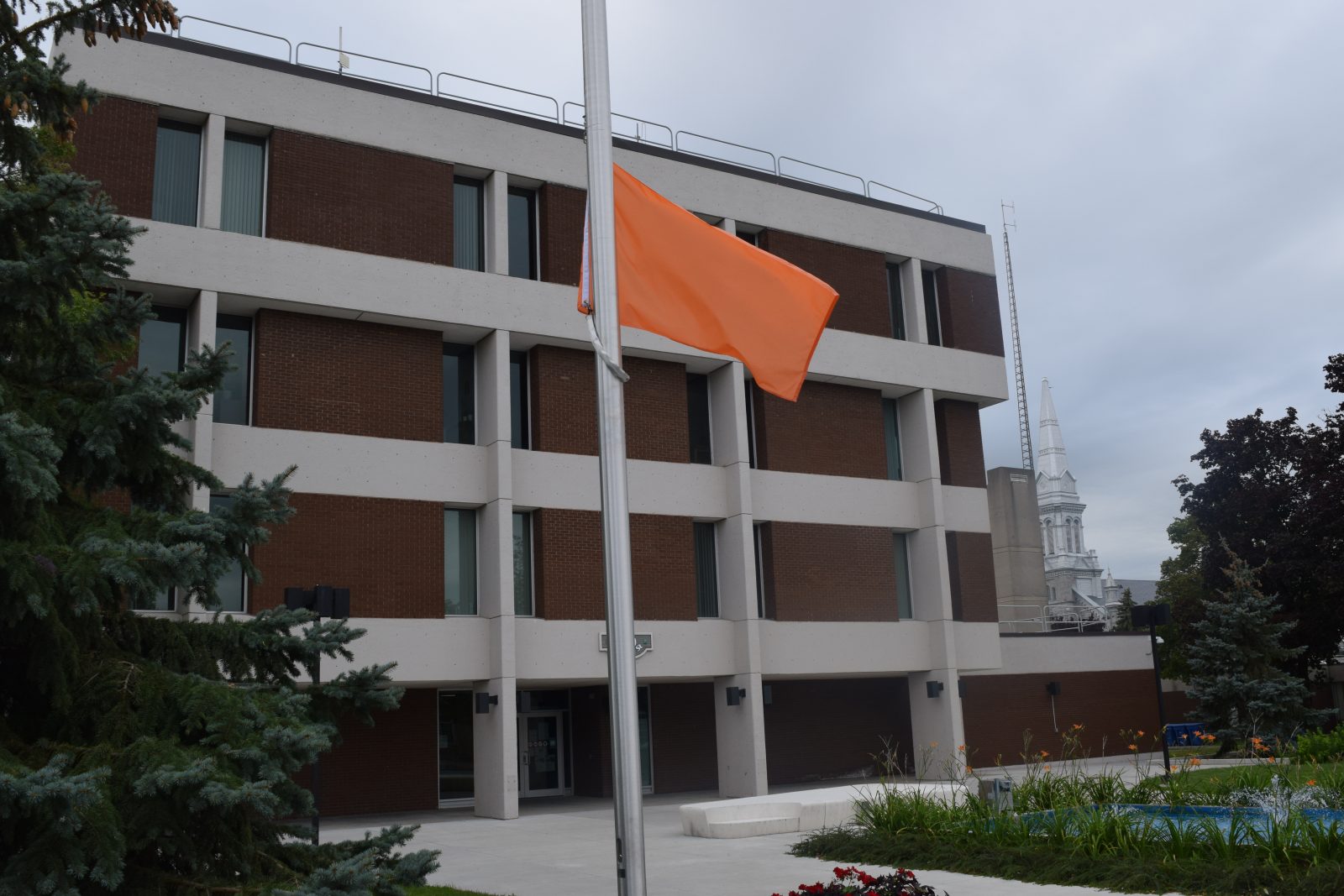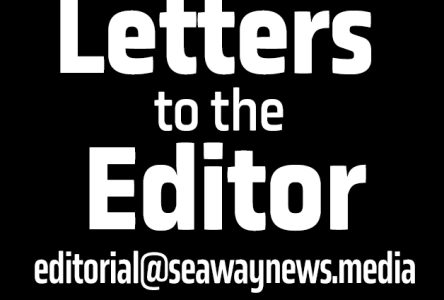Last Wednesday was the first National Day of Truth and Reconciliation. In addition to covering local events that acknowledged the importance of this day, I also had a chance to reflect on just how much I’ve learned over the past year about the history of the Indigenous peoples of Canada and the challenges that they face.
In June, hundreds of Cornwall residents marched in solidarity with members of the Indigenous community from Akwesasne. The march was in reaction to the discovery of the remains of 215 children at a former Indian Residential School in Kamloops, BC.
That was the first time that I really learned in an in-depth way about the impact of the residential school system, and how close to home this tragic and horrific chapter in Canadian history really was to our community.
Georgina Lazore led that march in June, and her grandparents, aunts, uncles and cousins attended that residential school in Kamloops. A major national story on the other side of the country had a direct and immediate connection to the Indigenous community here, right across the river from Cornwall. I went on to learn that other members of the Akwesasne community had their own experiences with residential schools and day schools.
As the summer went on, a new issue emerged that both Akwesasne and Cornwall would have to face, that of homelessness.
I have spoken to members of both communities who are or have experienced homelessness. There was a small camp setup on the shores of the St. Lawrence River on the Cornwall side of homeless residents from Akwesasne. This small and close-knit group were dedicated to taking care of each other and pledged to live clean free of alcohol and drugs. I was impressed that when I went down to talk to this group, that the Mohawk Council of Akwesasne (MCA)’s Grand Chief Abram Benedict and two District Chiefs were making there way down to the camp to talk to its residents themselves and offer some support.
Furthermore, that same week I was given a tour of the MCA’s new Healing Centre at the former Cornwall General Hospital. Visit cornwallseawaynews.com for that full story but suffice to say that their approach to solving the issue of homelessness and addiction in the community was quick and robust.
At the tail end of the summer was the federal election, a central issue in the local campaign, and one that all candidates seemed to agree on, was that something needed to be done about the location of the border checkpoint and toll booth, which negatively impacts the residents of Akwesasne. MP Eric Duncan called the location of the border checkpoint discriminatory.
On the National Day of Truth and Reconciliation Akwesasne was visited by federal Indigenous Services Minister Marc Miller.
I asked Miller if he agreed with his Conservative colleague that the location of the border checkpoint was discriminatory and he said that he did, but did not go so far as to offer a solution. He explained that the issue was complex and had been looked at by a number of committees without any success. While this answer is disappointing, I hope that Miller understands that the issue is still worth the effort and should be looked at again in consultation with the MCA. A solution needs to be found that works for them.
The past six months through my work I’ve been given the chance to have a new appreciation for the experience and history of our Indigenous neighbours in Akwesasne. I humbly feel that I have more to learn and will endeavor to listen. I think that is the main takeaway from the first National Day of Truth and Reconciliation, that listening, and learning is what we non-Indigenous Canadians need to do to reconcile our history with our relationship with Indigenous peoples.
What’s your opinion readers? Email me a Letter to the Editor at nseebruch@seawaynews.media




